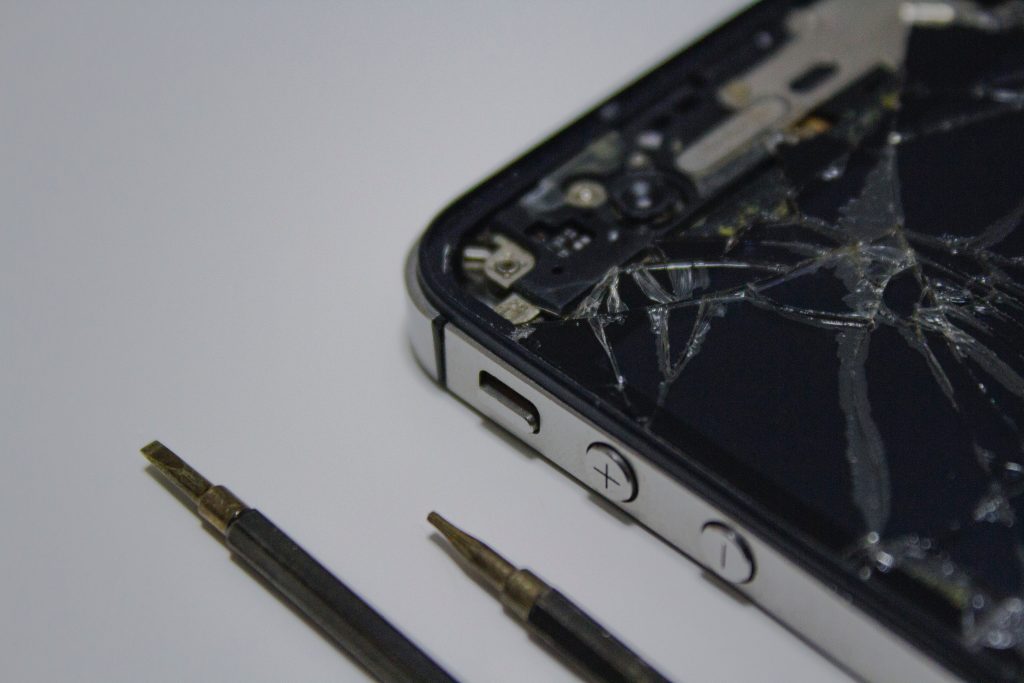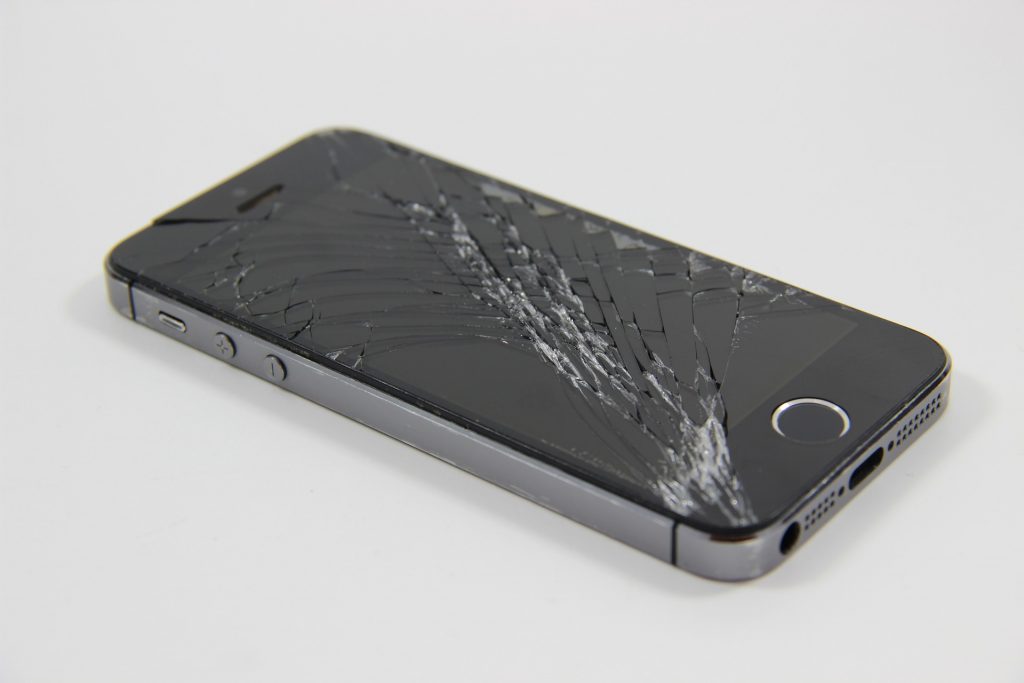You are walking on the footpath carrying an iPhone in your hands, but those butter fingers end up doing what they do best, and Apple’s newest toy succumbs to gravity. Now, a latest-edition phone is on the verge of becoming scrap unless an iPhone repair center decides to shower its mercy upon you!
It is either this or one of the many other unfortunate scenarios that led you to this post. And now you’re contemplating if DIYing is better than going to a cell phone repair store.
So, let’s cut to the chase!
Remember that, for this post, we’re going with the assumption that you’re not a tech wizard and don’t work for Apple.
But before we get to the point, let’s see the popular reasons for visiting an Apple repair center
- Water entering into the screen, PCB, microphone and damages the components
- Dirt infiltrating into the ports and causing malfunction
- Cracked screen as a result of a drop, exposure to sharp objects, or application of excessive pressure
- Drastic reduction in the iPhone’s battery life
- Issues with the phone’s network feature such as Wi-Fi, Bluetooth, and data reception
- The screen is going black, out of the blue
The Big Question
 Daniel, an individual from Massachusetts, mentioned on the On Point radio show that he fixed his Apple product for a mere $12. While taking the authorized center route would have cost him upwards of $850.
Daniel, an individual from Massachusetts, mentioned on the On Point radio show that he fixed his Apple product for a mere $12. While taking the authorized center route would have cost him upwards of $850.
There are many other instances like this that make us believe that most repair jobs don’t exactly involve repairs. More often than not, phones at a service center need a straightforward replacement of parts, and at times, something as simple as a dusting of components!
Besides incidents like these, you shouldn’t tinker with an iPhone for the following reasons
- You could end up inflicting more damage to the phone due to misdiagnosis
- They’re designed to be repaired by qualified professionals, and you would need inside information from Apple to do an equally good job
- Getting access to toolkits and parts might not be easy, considering most of them are proprietary
- Fixing it by yourself may work out cheaper, but the amount of time spent would be more than an average technician would take
- Opening the phone might cause issues with the adhesive and make it prone to water damage or cause the formation of air bubbles If you’re unable to fix your iPhone after all your hard work, the Apple repair store near you may agree to set it right, but you will lose all warranty claims
While we are not getting into the ‘Right to Repair’ debate,
The best thing to do in such instances is to look for an iPhone repair hub near you.
It’s always the better option since iPhones are hard to open, and dealing with their parts is no cakewalk, even if you have read about “system-on-a-chip” and LCD screens in your graduation.
The Defiant Move

We have something for the rule-breakers too!
If your inner Tony Stark is yearning to come out and show his prowess with tools and technology, then follow these steps for ideal results –
- With the help of an expert or a professional’s blog post, diagnose the problem thoroughly, and find out the exact cause for damage
- Before going ahead and buying toolkits or spare parts, determine if the issue can be fixed in the first place
- Go through multiple tutorials and note down each step
- Steer clear of distractions while operating on the phone, have a clean working area, and keep track of all the tiny parts
- Use a magnifying lens if required, and exercise utmost caution while handling tools like soldering irons
- Taking multiple iterations is alright as long as you don’t hasten up the process, especially in the steps which require the application of brute force
- Follow the source instructions and pray to the tech gods that it all works out well
The most important aspect of DIY repairs is knowing when to give up. If you go ahead and incessantly try to tinker with the iPhone, you might have to bid farewell to the device by the end of the day!
Final Word
 Anyone who follows tech blogs or loves Apple products knows that the company vehemently discourages users from fiddling with their products. The tech giant insists on customers heading to an authorized iPhone repair center to receive the best quality service and genuine parts for replacement purposes.
Anyone who follows tech blogs or loves Apple products knows that the company vehemently discourages users from fiddling with their products. The tech giant insists on customers heading to an authorized iPhone repair center to receive the best quality service and genuine parts for replacement purposes.
While business monopoly is among the reasons for Apple’s claims, there is some truth in the fact that non-standard components can be hazardous when fitted in an iPhone.
Whether you pay heed to the manufacturer’s advice or not, do ensure that a trusted pair of hands is handling your iPhone. After all, you stand to lose a lot more than anyone else involved in the process.
Another problem that keeps recurring in many phones pertains to networks. Check out this iFixOnWheelz blog post to fix such issues without any external help – here.


